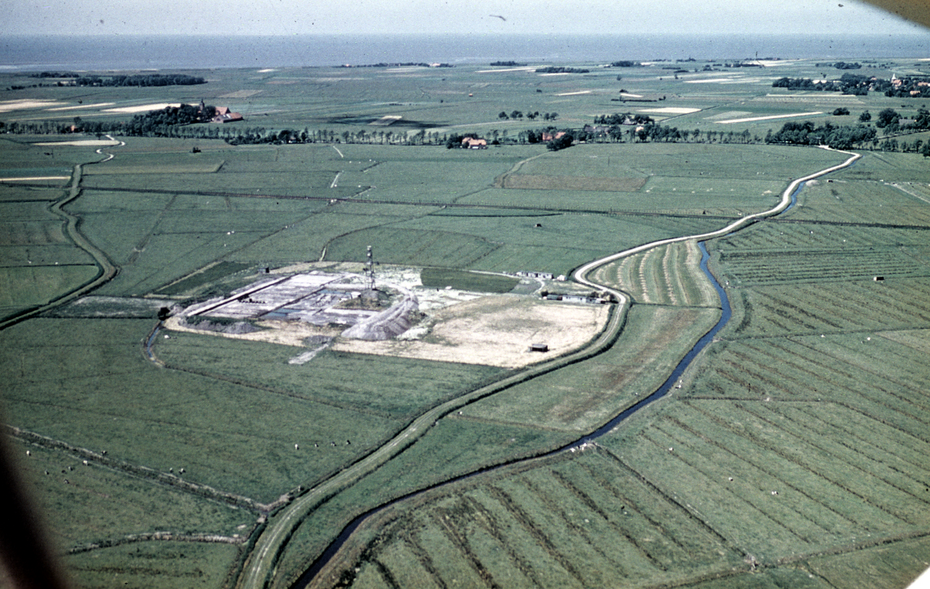
The history of the NIhK
The history of the NIhK goes back to 1936, when a „Provinzialstelle für Marschen- und Wurtenforschung“ was founded at the Hanover State Museum. It was relocated to Wilhelmshaven two years later, where the work of the provincial office was directly linked to the construction work in the course of the establishment of a strong naval base on the eve of World War II. The scientists at the institute primarily carried out site surveys and excavations in the area of several dwelling mounds that were endangered by the construction measures. The institute resumed its work in 1947 and quickly gained national recognition under the name of the „Niedersächsische Landesstelle für Marschen- und Wurtenforschung“. To this day, the name of the institute is associated with the excavation of the village of Feddersen Wierde from 1954 to 1963 as well as the investigation of several settlements located in the Flögeln district of Cuxhaven from 1971 to 1986, in which not only large digging-machines were used extensively, but also numerous scientific analyses were carried out. In 1988 the institute was finally renamed the "Lower Saxony Institute for Historical Coastal Research" (NIhK). This new name also stated clearly that the institute was increasingly concerned with the development of sea levels and their consequences. Since the early 2000s, the Wadden Sea and the seabed of the North and Baltic Seas have also been increasingly included in the research to investigate the relics of past periods hidden within. More can be found in a recently published report (PDF-Download).
